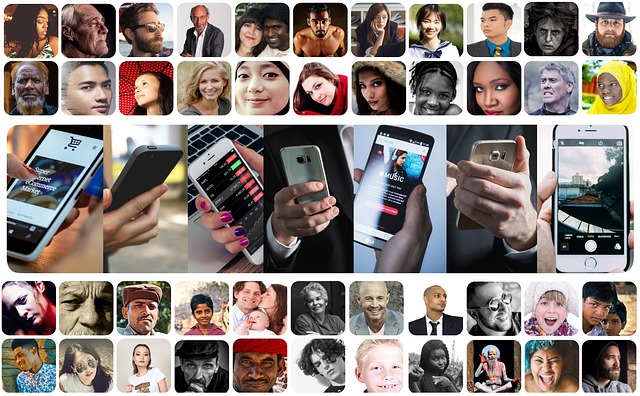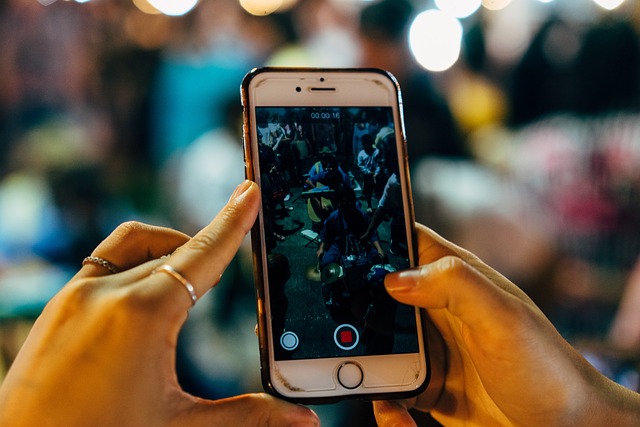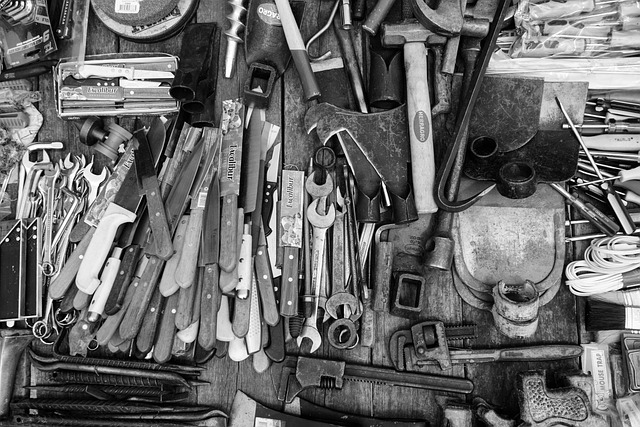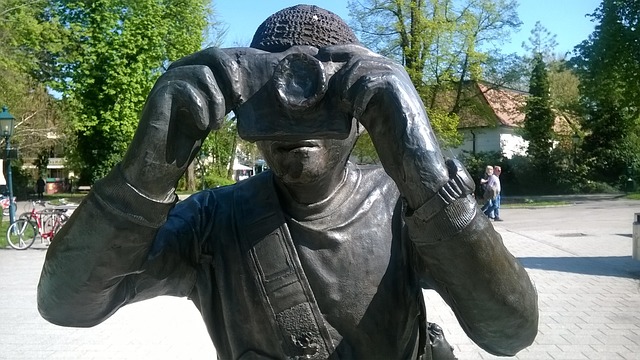Introduction:
In the age of digital connectivity, social media has transformed the way we interact, share, and perceive the world. Simultaneously, photography has evolved from a hobby or profession into a ubiquitous means of expression for billions worldwide. The synergy between social media and photography has given rise to a dynamic cultural phenomenon, shaping trends, influencing perspectives, and fostering communities.
Table of contents
Democratization of Photography:
Social media platforms have democratized photography, empowering anyone with a smartphone to become a visual storyteller. Instagram, Snapchat, and Tikor have become virtual galleries where individuals showcase their creativity, experiences, and perspectives through images and videos. The accessibility of camera-equipped smartphones and user-friendly editing apps has dismantled barriers to entry, allowing

Amplifying Visual Narratives:
Social media serves as a global stage for photographers to amplify their visual narratives and reach diverse audiences instantaneously. Through platforms like Facebook and Twitter, photographers can share their work with feedback, and engage in dialogue with fellow enthusiasts. Hashtags enable content discovery and facilitate the formation of niche communities centered around specific themes,
Redefining Professional Practices:
For professional photographers, social media offers unprecedented opportunities for exposure, networking, and client acquisition. Platforms like LinkedIn provide a professional space for showcasing portfolios, securing commissions, and establishing credibility within the industry. Additionally, platforms like Pinterest and Bedance serve as virtual portfolios, allowing photographers to curate their compelling formats
Influencing Visual Trends:
The viral nature of social media has accelerated the dissemination of visual trends, shaping aesthetic preferences and influencing creative practices. From filter presets to composition techniques, popularized by influencers and trendsetters, these trends often reflect broader societal movements, cultural shifts, or inspiration across in photography.

Engaging Audiences:
Social media has revolutionized audience engagement, enabling photographers to forge meaningful connections with viewers on a global scale. Through compelling storytelling, behind-the-scenes glimpses, and interactive. The immediacy of social media facilitates real-time interaction, allowing feedback, address inquiries, and cultivate a sense of community around their work.
Ethical Considerations:
Despite its myriad benefits, the fusion of social media and photography also raises ethical considerations regarding privacy, authenticity,
Conclusion:
The convergence of social media and photography has ushered in a new era of visual communication, characterized by accessibility, . In essence, the fusion of social media and photography continues to redefine how we perceive, share, world around us, one image at a time.
The Camera Scene
In the ever-evolving landscape of technology, few innovations have had as profound an impact on our lives as the camera. From its humble beginnings as a simple device capturing still images to its modern-day iterations tool for communication, creativity, and documentation. Let’s delve into the vibrant and dynamic world of the camera scene, exploring its evolution, current trends, and future possibilities.
A Journey Through Time
The history of the camera is a fascinating journey through technological advancements and human ingenuity. The earliest camera-like devices, such as the camera obscura, date back to ancient civilizations, offering rudimentary 19th century that photography as we know it today began to take shape.
The invention of the daguerreotype by Louis Daguerre and the calotype by William Fox Talbot marked significant milestones in the , paving the way for the democratization of image-making. Suddenly, capturing moments became accessible to a wider audience, sparking a revolution in visual storytelling.

As the decades passed, cameras evolved from bulky, cumbersome apparatuses to sleek and portable devices. The introduction of roll film by George Eastman in the late 19th century revolutionized photography, making, including the advent of color photography, autofocus systems, and digital imaging, each pushing the boundaries of what was possible with a camera.
The Rise of Digital Photography and Beyond
The digital revolution of the late 20th and early 21st centuries transformed the camera scene irrevocably. Digital cameras replaced film-based ones as the primary tool for image capture, offering instant feedback, greater control over settings, and virtually limitless storage capacity. Concurrently, the rise of smartphones equipped with increasingly sophisticated cameras democratized photography further, turning everyone into potential photographers.
Social media platforms like Instagram, Facebook, and Snapchat provided a global stage for people share their photos and videos, fueling a visual culture where images play a central role in communication and self-expression. Influencers and content
The Future of Imaging
Looking ahead, the camera scene is poised for further innovation and disruption. and augmented reality are likely to reshape the way we capture,, algorithms will continue to push the boundaries of what is possible, enabling new forms of visual expression and communication.
